Originally uninhabited, the volcanic island became a growing region for sugarcane and coffee, and thereby a centre for slave trade. Europeans and East Africans settled the lowlands. Since when slavery was prohibited in 1848, South Indian and Chinese workers came in to make up for labour shortages. These days, the society of the French overseas department is characterised by “métissage”, the mixing of cultures and origins.
Everyone here has a widely branched out family tree, with ancestors from Madagascar, China, India or Western Europe, and thus nobody in Réunion can be pigeonholed, as there is hardly any ethnic sectarianism and mixed origins are the norm. In the city, a Hindu temple, a Mosque and a cathedral stand almost next to each other and the various influences can be seen in the cuisine, too. Samosas and spring rolls, rice dishes (“caris”) or croissants and other French “patisseries” are sold in every corner, and spices and receipts influence each other to the extent that it becomes difficult to find out where a dish originates from. A general atmosphere of tolerance reigns, and discrimination (or favouring of one’s own group) on the basis of skin colour is rare. Moreover, this bit of land in the ocean is a paradise for nature lovers: the highlands in the inland invite for hiking, and the lagoons in the west for snorkeling.
However, Réunion isn’t immune to problems. Especially the 33% unemployment rate is something for the young islanders to struggle with. University graduates go job-hunting in the “métropole”, the French mainland. Economically, the island is strongly dependent on France and on EU subsidies for sugarcane cultivation which remains the main source of income. Imports like infrastructure projects, such as the new road by the sea that is meant to relieve the lamentable congestion of the streets, are expensive. Costs of living are high, space limited, and construction sites mark the landscape.
The relative social calm has already been threatened by uprisings several times. However, a European healthcare and social system helps to keep gap between the overseas region and the mainland relatively narrow. After the colony was turned into a French département in 1946, a big structural and cultural change occurred. The education, healthcare and social systems were adapted to the French one, and society became increasingly European through changing living and consumption habits, which many regretted, particularly those in the older generation.
Despite the present challenges, one can see many who once spent time in Europe come back to “péi”, the homeland. Despite the adversities, you can rely on the family, the Sunday picnic and the familiarity of the maloya song lyrics. Réunion is conscious of traditions and multicultural, and tolerance and integration are everyday realities. At a time of debates over immigration and difference, perhaps it would be worthwhile to have an inspirational look at the subtropics.
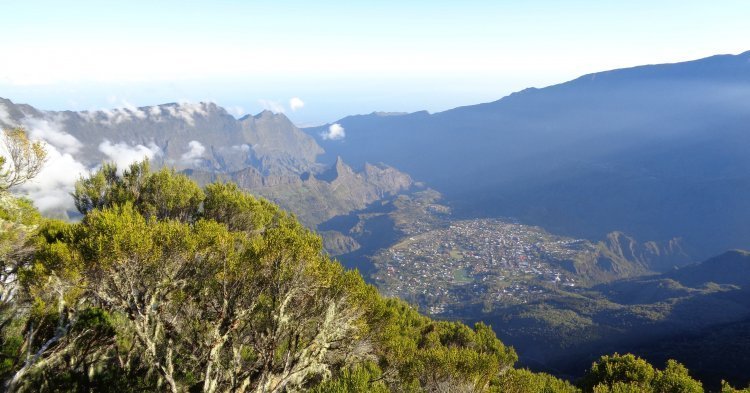
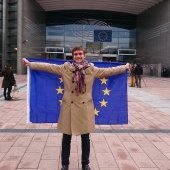

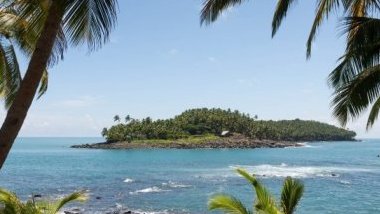
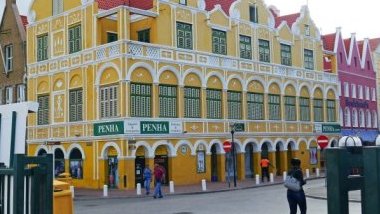
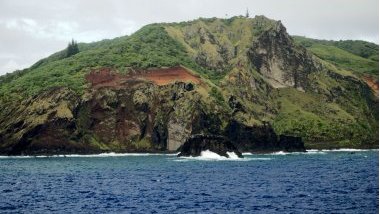
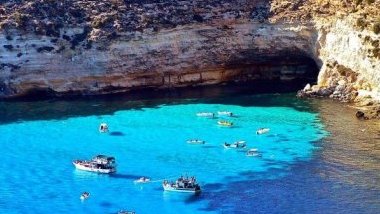
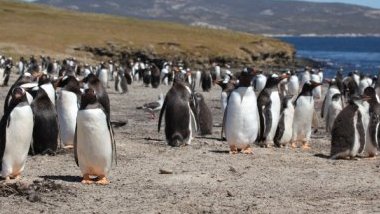
Follow the comments: |
|
